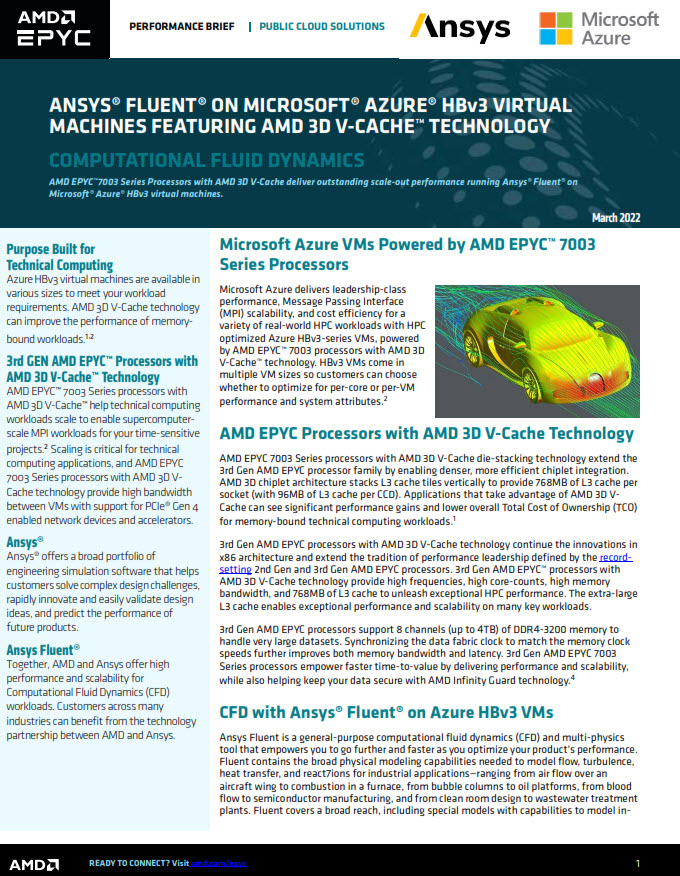Sept. 6, 2022 — Since 2016, the Science Gateways Community Institute (SGCI) has brought together software developers to improve access to essential resources and services with a “community center” approach. By offering development assistance, usability engagements, sustainability training and more, SGCI has helped more than 150 science gateways reach their goals.
Through a combination of cyberinfrastructure (CI) components, “science gateways” generally make it easier for researchers and educators to connect to computing resources, share data, facilitate scientific collaboration, publish content and engage with large audiences. To broaden impact in these ways, the team behind the SGCI has proposed a new effort that has earned the support of and gained special recognition as a Center of Excellence (CoE) from the National Science Foundation (NSF).
Officially titled CI CoE: SGX3, a Center of Excellence to Extend Access, Expand the Community and Exemplify Good Practices for CI through Science Gateways (SGX3 for short), the new endeavor has been awarded $7.5 million by the NSF and took effect Sept. 1, 2022.
SGX3 was conceived by San Diego Supercomputer Center’s (SDSC) Director of Sustainable Software Michael Zentner, along with team members Maytal Dahan (Texas Advanced Computing Center), Sandra Gesing (Discovery Partners Institute at the University of Illinois), Linda Hayden (Elizabeth City State University), Marlon Pierce (Indiana University), Claire Stirm (SDSC) and Paul Parsons (Purdue), in response to challenges science gateways have encountered spanning architecture, workforce skills and stability, sustainability and planning for the future.
Over the last six years, SGCI has observed that the community of gateway developers, gateway owners/operators and gateway end users have tended to operate relatively independently—sometimes to their detriment. For example, gateway owners/operators are often unaware that they face similar issues to those faced by others; end users are aware only of a gateway they use in their work, and their experiences and ideas for improvements are not transferred to the larger community and gateway framework creators consistently reinvent each other’s capabilities, etc.
“By modeling our operations as a hive, we will exemplify how we hope to influence the science gateways community to behave similarly,” said Zentner. “Behaving more like a hive, each stakeholder may still maintain independence, but also can be more aware of how their efforts may contribute to the collective capabilities of the community.”
A key facet of the SGX3 mission is to provide forward-looking studies of next-generation science gateway capabilities. SGX3, for example, will offer a new service called Blueprint Factories, in which it will work with collaborators to better understand the CI needs of entire research communities and national-scale cyberinfrastructure providers.
The foundation of this hive is the overall purpose of science gateways: to provide broad access to computing resources for researchers and educators. Figure credit: SGCI
“Blueprint Factories are an important way to have the fingers of the CI community on the pulse of evolving needs in science,” said Pierce, who will lead this component.
Four Blueprint Factories are currently committed. Two are for understanding the needs to broaden access to large-scale NSF-funded computing resources. Another is focused on the domain of materials science. A fourth Blueprint Factory will focus on best practices for sustainability. SGX3 will also conduct up to three additional Blueprint Factories for specific domain science areas.
According to Zentner, the team has received inquiries about whether or not SGX3 is a continuation of SGCI. He has explained that while SGCI will continue operating past its NSF funding, per its sustainability plan, SGX3 is a “different thing.”
“We’ve reformulated some of our previous activities to be more focused on helping science gateways form partnerships in SGX3, but also have a much heavier emphasis on bringing the ‘science’ into the science gateways field,” said Zentner. “To truly serve the needs of science, this needs to be a much more equal partnership between domain scientists and cyberinfrastructure professionals. Our community development and the new Blueprint Factories effort specifically address this.”
Zentner noted that science gateways also must pivot to new scientific needs that continually arise through newly funded large computing infrastructures, advances in artificial intelligence (AI), needs for FAIR (findable, accessible, interoperable and reusable) resources, the physical separation of data from compute resources, regulated data requirements and the availability of new or specialized computing resources.
“Such issues require forethought on how future science gateway technology should evolve to serve these issues and the domain sciences where they are important,” explained Zentner. “SGX3 is designed to serve the science gateways community by helping its members make decisions about how to launch effectively, guiding best practices and sustainability decisions and serving as a point of expertise to help gateways navigate the future needs of scientific research and education.”
The plan is for SGX3 to accomplish all of this through four thrusts:
- growing a diverse community,
- workforce development,
- serving as experts to the community and
- envisioning the future.
Broader impacts
The anticipated broader impacts of SGX3’s activities include enriching existing relationships and cultivating new connections with minority serving institutions in order to infuse gateway development into curricula; introducing domain-specific gateways to relevant classrooms and research settings; and training faculty to scale these efforts to grow and live beyond SGX3.
SGX3 also plans to: host graduate students who work on real gateway frameworks that serve real end-users; develop its own staff, not just technologically, but also with skills in mentorship and operate a vibrant User Experience (UX) consultancy, staffed in large part by students who will learn about scientific computing and the UX demands associated with it by working with real science gateway operators.
SGX3’s conference series and outreach activities will have a special emphasis on reaching more domain scientists who may be involved with science gateways as part of their research, but who are unaware that there is an entire community of people who make Science Gateways easier to create, operate and use.
Beyond these direct efforts, every science gateway helped by SGX3 has by definition a goal of broadening the impact of the research and educational resources provided by that gateway to as large of a community as is relevant.
“All of our activities support this goal of our clientele, and greatly amplify the broader impact of SGX3 beyond its internal activities,” said Sandra Gesing, co-PI of SGX3 leading its community building effort. “By supporting science gateways serving diverse domains, SGX3 will accelerate socially and economically beneficial research that addresses, for example, climate change, improving global food sustainability, planning water and land use, innovating new materials, accelerating new medicine development and much more.”
More details about SGX3 will be shared at future community meetings and during the Gateways 2022 conference, Oct. 18-20 in San Diego, CA. Visit sciencegateways.org for more information. You can read about more SGCI client impacts in the SGCI Storybook.
SGX3 is supported by the National Science Foundation (grant no. 2231406).
source: SDSC




